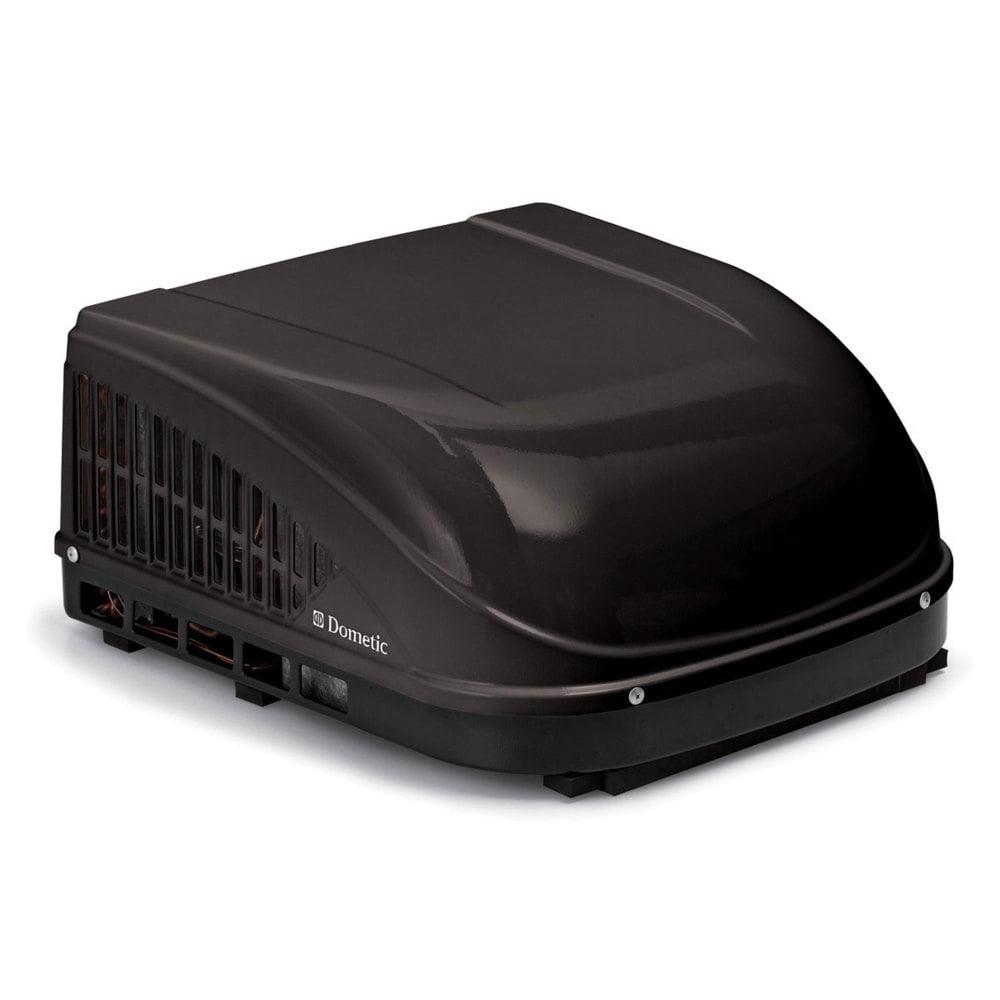

But the highlight of the trip is the 40-foot-tall Arch Rock at Anacapa Island, an indelible landmark for the Channel Islands and a photo op that you can only get while onboard a cruise like this one. If you’re lucky there will be dolphins and whales. You’ll soon traverse the Santa Barbara Channel toward the chain of five islands, an area that Island Packers’ website cites as having “more marine mammals in its waters than any other area on the planet.”įor sure you’ll see seals and seabirds. Then get to the port, board the boat, take a seat on the open deck and feel the cool wind on your face. Make sure to note which port (either Ventura or Oxnard) your chosen cruise sails from. Check their website’s calendar for “1/2 Day Island Wildlife Cruise” to book either a morning or early afternoon departure. Island Packers, the only company that provides boat transport to the Channel Islands from Ventura or Oxnard, offers the 3 1/2-hour cruise on most days of the week. But a half-day Channel Islands wildlife cruise, on the other hand, requires just a $44 cruise ticket and maybe a light windbreaker. Since there are no services on the islands, the National Park Service website warns that coming ashore on any of the Channel Islands to explore it on foot requires thoughtful planning and preparation. The city isn’t just the halfway point on the route, the hotel rates here are often cheaper than at any other town you’ll pass through along the coast. that’s shorter than Vegas.įor lodging, Lompoc is a good choice. This guide explores a cruise, short hikes, state parks, historical sites and seafood joints between Ventura and San Simeon that can be done in a two-day span with a drive from L.A. Give your air conditioner a break and eat great seafood along the way. So go on up for an invigoratingly brisk weekend trip to the Central Coast. The phenomenon doesn’t just result in a refreshing climate near the beaches, it also brings nutrient-rich sediment to the surface, which is vital to ocean life and coastal fisheries. But there’s also something called upwelling, the upward movement of dense and cooler deep seawater to the ocean’s surface. The colder ocean currents that run southward from Alaska along the West Coast make summer temperatures lower here compared with the East Coast.

There’s a scientific explanation for the cooler temps you feel as you move north. On a recent August day where it ticked over 100 degrees in Southern California’s inland valleys, no one was going into the water at Spooner’s Cove, Montaña de Oro’s most popular beach.


 0 kommentar(er)
0 kommentar(er)
